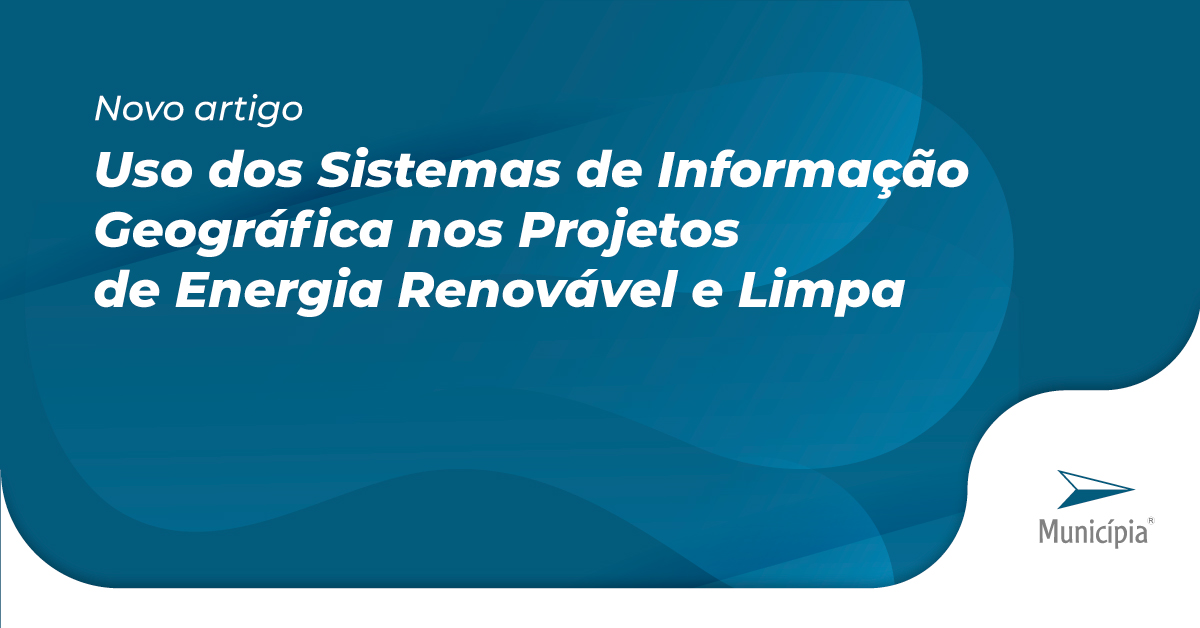
18 May Use of geographic information systems in renewable and clean energy projects
Clean or renewable energy companies must make use of Geographic Information Systems or GIS to be truly efficient in their production processes and in the service provided to the end customer. These influence the various stages, ranging from generation to the arrival of energy to the consumer. In today’s article, Selectra, in partnership with the Municipality, explains the relationship between GIS and renewable energy, and the advantages that energy companies can benefit from accessing Geographic Information Systems or GIS.
GIS to choose the location of renewable energy plants
The geographic component is essential so that energy companies know how to correctly choose the best location for renewable plants. There are many factors that come into play here besides those that are most obvious.
The best known is the solar, wind or marine potential of the location in which it is studied. To do this, variables such as the strength of the wind and the time it blows, the power of solar radiation and the hours of incidence or the strength of the sea waves are quantified.
Without a doubt, these are essential criteria, but they are not the only ones. It is possible that, for legal reasons, it is not possible to build an energy installation in a certain location. For example, in some territories the proximity of inhabited areas, beaches, roads, environmental or heritage-protected spaces is considered.
The possibility of quickly discarding impossible areas greatly simplifies and speeds up the work of companies responsible for planning, thus saving costs.
In the case of solar installations installed on buildings, GIS are extremely useful in convincing owners of their benefits. For example, when calculating energy savings based on radiation, hours of shade and consumption patterns.
GIS and electrical installations
The electrical energy generated will have to be taken to consumers, so the work of Geographic Information Systems does not end with the choice of production centers.
This is where we must highlight the particularity that it is common for electrical cables to run hundreds or thousands of kilometers. Therefore, the terrain will be heterogeneous over these distances.
For its study, it is necessary to consider the obstacles present in the form of existing differences in level, mountains, rivers, lakes, vegetation, in addition to the resistance of the soil and its capacity to support the installations.
Here too, we cannot forget the importance of complying with laws that prohibit the passage of cables in certain protected areas.
On the other hand, we must consider the ease of access to these facilities, which includes the proximity to roads and paths where maintenance vehicles can pass, or the option of building them without extreme complications.
GIS for energy installations in cities
Initially, the relevance of renewable energies was mentioned, which are playing a very important role in today’s society. Therefore, companies that sell this type of energy are constantly looking for new segments in the urban market.
In addition to the solar potential variables already indicated, aspects from the field of geomarketing play a fundamental role. Firstly, GIS allows us to know in which neighborhoods there is a greater density of solar panels. This has a twofold aspect: on the one hand, companies can enter to compete in an area where we know that these sources are accepted; on the other hand, we can identify places where there is no competition
Furthermore, this data can be cross-referenced with other social and economic data. Here we refer to information such as the age of its inhabitants, their income level, their level of energy consumption or their educational qualifications. With all this we will know where to direct our commercial efforts so that they are truly successful.
Content is the responsibility of Selectra, a Municípia partner.




